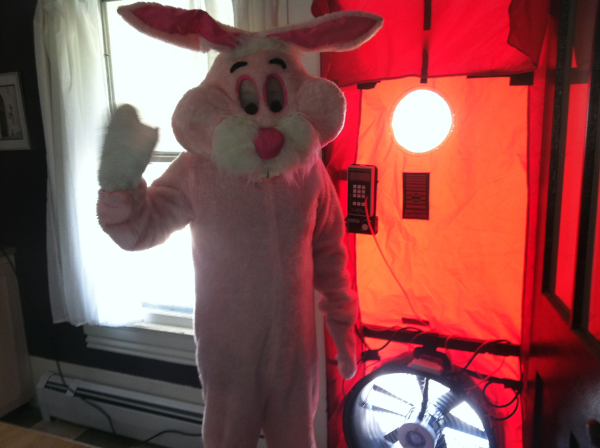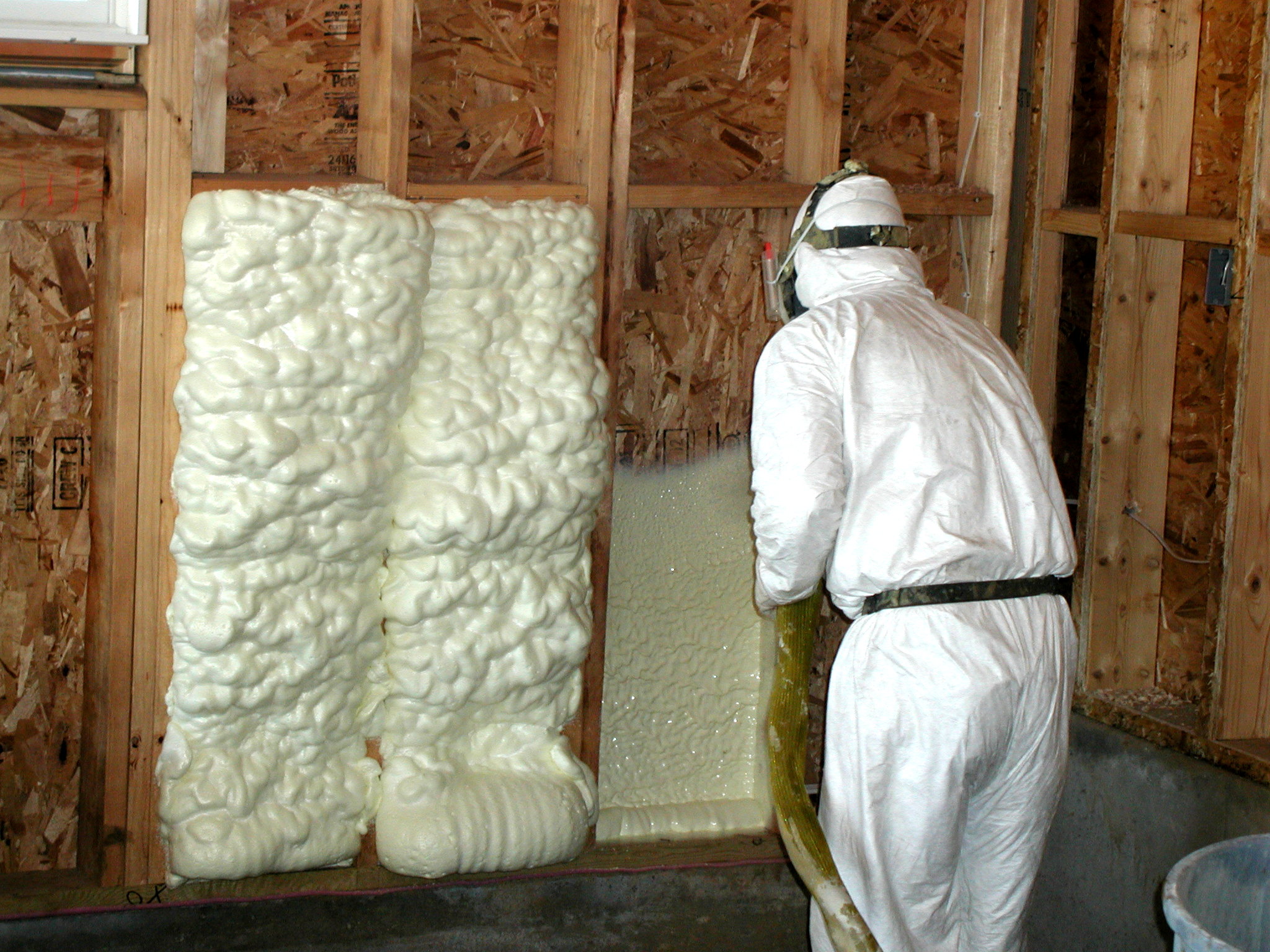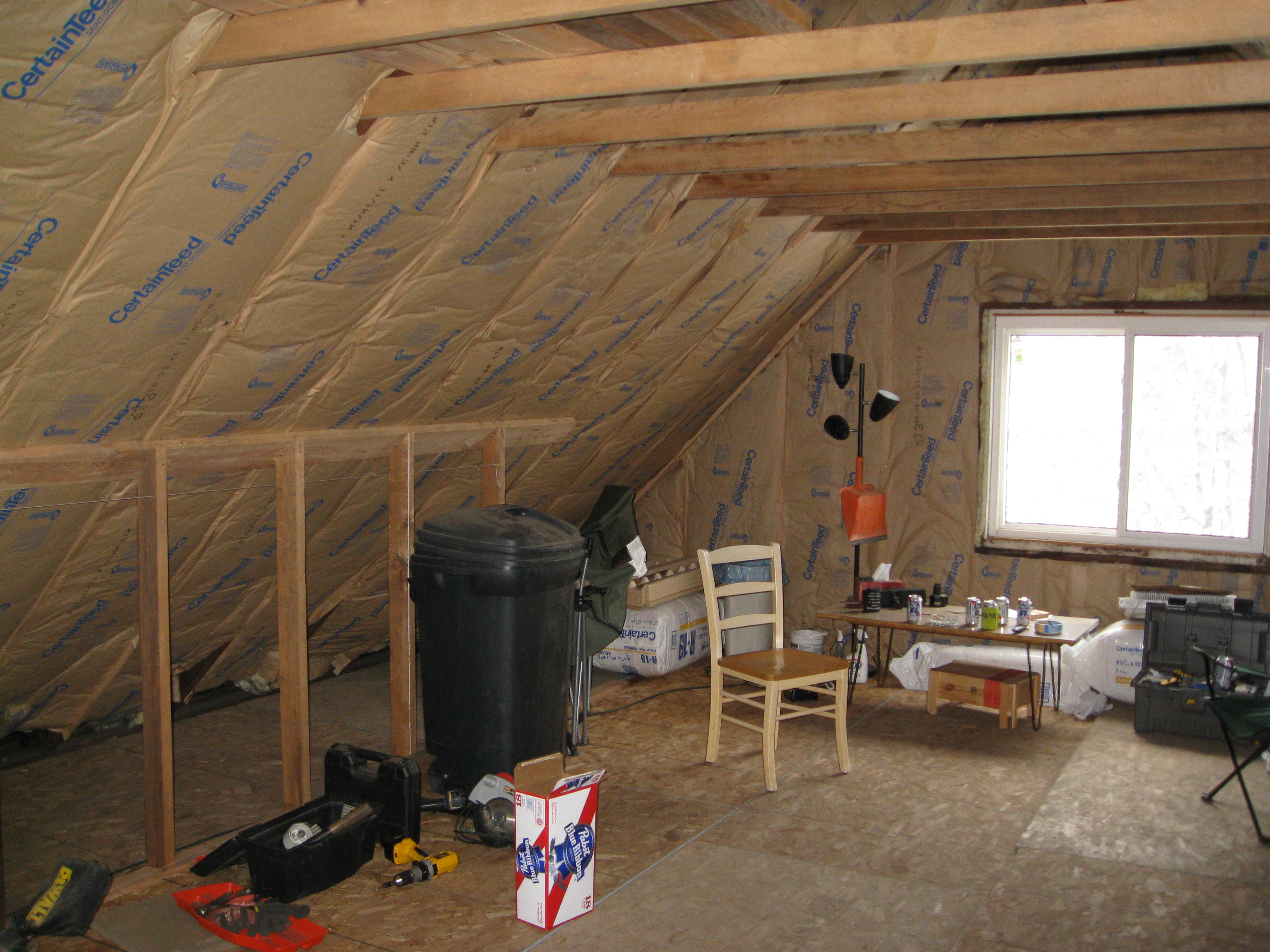What Does a Blower Door Air Leakage Number Mean?
If there was one number we could know about your house, do you know what it would be?
The title kinda gives it away. It’s not how big your house is, how much energy it uses, or what kind of furnace you have.
The one thing we want to know is your blower door number, how much your home leaks.
Blower doors are arguably the most important tool for making your home more comfortable and efficient. Here is what a blower door looks like. It’s our favorite picture, one where I lost a bet and had to wear a pink bunny suit:

Here is what a reading on the blower door looks like:

What Does the Blower Door Number Mean?
Higher numbers are worse. It’s a linear scale, so 2000 is twice as bad as 1000. A good rule of thumb is that your home should have a blower door number less than or equal to its square footage. Here are some things to know:
- a. If your home is 2000 square feet, a blower door number of 2000 cfm50 is decent (but not especially good).
- b. If your home was 5000 square feet, we would like to see your number a good bit below 5000, perhaps 3500 or so. Larger homes are often a bit easier to tighten.
- c. Old houses often have readings 2-3 times their square footage. A 2000 square foot house could have a 4000 – 6000 blower door number.
- d. There is no such thing as a house that is too tight.
- e. There IS a such thing as a tight house with inadequate ventilation – bad things build up in homes that need to be removed like moisture, chemical pollutants, carbon dioxide, particulates, and more. These things can make you or your family sick if they aren’t dealt with. You can read more about these on our Indoor Air Quality page.
- f. Removing pollutants can be handled with a fresh air ventilation system with a very small energy penalty. Think of them like a window that’s open 24/7/365 but without the draft. They are good in both loose and tight homes. That’s a subject for another day.
- g. Every 10 points on the blower door is about 1 square inch of air leak. So a 1400 cfm50 blower door number is about 1 square foot of air leakage across the whole home. That’s not that much to chase, so every little bit counts. (1400/10 = 140 square inches/144 square inches/square foot = 1 square foot)
Tipping Points
We often talk about tipping points here at Energy Smart Home Performance. Fall short of one and results suck. We wrote about two similar projects in similar homes that saw drastically different results. One home saved 9% in energy after the job, the other saved nearly 47%. The first home just didn’t go far enough. This is one example of why we say that Low Hanging Fruit is Poisoned. It takes more than a few little upgrades to see results. Don’t believe us? Go spend a bunch of money and when it doesn’t work, call us. Fair warning, you may have to pay to undo work, then pay again to do it right. You have been warned.
We find that the tipping point for air leakage comes around that 1:1 number of square footage to air leakage. Get below it and magic starts to happen. Some homes get there at 1:1.5 (a 2000 square foot home with a 3000 blower door number.) The HUGE caveat here is that it varies drastically by home type and the conditions found within that individual home. Without a thorough diagnosis, it’s a wild guess. Even with a thorough diagnosis, it’s only a well educated guess, nothing is set in stone.
Let’s Do an Example
Let’s use my house (Nate’s) as an example. For reference, the number on the left is 50.0 pascals, the pressure that we test air leakage at. The number to the right is the leakage of the house or the blower door number in cfm50. It tends to bounce a little, so I took 3950 as an average.
My home is a 2200 square foot 2 story colonial with a mostly finished basement, built in 1835 and heavily renovated in the last 30 years. Its blower door number is presently 3950. It was 4300 the first time I tested it before making a few tweaks. That’s a pretty mediocre number.
Here’s what it means, as well as what it would take to certify my home to a higher standard:
My house has about 2.75 square feet of air leakage. (3950/10/144 = 2.75) That’s like one good-sized window half open year round. I need to get about half of that out to get it in ‘decent’ range, which becomes likely to hit the tipping point of comfort and energy savings. That’s not a ton of leakage, when you think about it, considering 2.75 square feet makes my house pretty leaky. It’s literally a game of (square) inches.
To consider my house ‘decent’ I’d need to get the leakage down to about 2200 cfm50. That’s a hole the size of about two and a quarter sheets of letter sized paper.
To certify my home with the new Energy Star 3.0 designation, I’d need to get the air leakage under 1400 (among many other requirements). That’s about 1 square foot or a hole the size of 2 basketballs.
To certify my home under the Passive House standard, the tightest one out there that creates homes that don’t need furnaces or air conditioners, I would need to get the home under 280 cfm50. Three iPhone 5s are about 30 square inches, I’d need a hole a little smaller than that to meet Passive House requirements. It’s possible, but frankly insane for a house as old as mine unless I intend to do a gut remodel, which I don’t.
Setting Air Leakage and Blower Door Targets – A Critical Piece
Most of our Comprehensive Plans include 3 different packages, each one usually gets its own blower door target. The top package pretty much ignores budget and throws the book at your home, a second that we view to be most likely to achieve your objectives without overspending, and a third that adheres to a budget you give us.
These blower door targets are educated guesses on our part, and are typically a little bit conservative. We want contractors to be able to actually get there. And we can help teach them how.
Our energy modeling software will give us pretty accurate estimates of how much energy will be saved with each target and the other upgrades in the packages. We’ll also have a pretty good intuitive sense of which of your objectives are likely to be achieved with each package and blower door target. We share these with you when we deliver our report.
Without these targets, the odds of good results showing up drop substantially. Air leakage really is that important, if you hadn’t already figured it out.
Side Note: You may not care about energy savings. Tough. They are a proxy for tipping points and are almost always a direct result of fixing problems at a systems level. They’re also heavily related to air leakage reductions. We also leverage those energy savings to help pay for upgrades. If a project costs $100/month, $40/month in energy savings is a nice kicker, you know?
Now you know the 3 most important things to make your home comfortable and efficient. And they’re all reducing air leakage.
Time for the Pitch
Our initial consultations include a blower door test. Initial consultations also ask you a bunch of questions to find out what your problems and objectives are to be sure we are the right fit for each other. You can get a discount on one by filling out our questionnaire. (A link to the questionnaire is at the top right of every page on the website, you can’t miss it if you want to find it later.)
BUT WAIT!
Please don’t rush off and fill out the questionnaire. Take a look at this video which walks you through our process. Spend some time reading on the website deciding that Energy Smart is the company for you. If you aren’t sure we’re the one, we’re not. If you want a quick fix, we’re not the one for you. If you just want a broad list of what to do to fix your house, not tailored to you or your home, we’re not the one for you.
If you actually want to solve a problem and are willing to do a little work and spend money upfront on diagnosis to do it, then we are likely the one for you. Before you decide that, though, below is some homework to read first. Use these links as jumping off points, then read as deeply as you like.
(By the way, if you’re out of the Cleveland area we do offer remote consulting. Fill out the questionnaire, too, but only after reading up some more. The same rules apply.
Further Reading
The 3 Most Important Things to Make Your Home More Comfortable and Efficient – This is the first part of this piece which tells more about why air leakage is so important.
The Science Behind What We Do – Home Performance is rooted in science. Everything is interconnected, and we try hard to keep those connections in mind. Here’s the basics.
Problems We Can Help With – Want to know if we can help? Here’s a starter list of problems we can solve.
Humidity: Another Make or Break for Your Home – A top 10 list of how high and low humidity screws things up in your home. Mold and flu and eczema, oh my!
Indoor Air Quality – The air inside your house is likely 2-5 times dirtier than outside. Here’s the rundown on what IAQ is.
Indoor Environmental Quality (IEQ) – True comfort is more than just thermal comfort. Find out more about what is involved here.
Random Footnote for Those That Are Still Here
I suppose you could say we are a part of the Cult of the Blower Door, as Joe Lstiburek of Building Science Corporation put it in an article on Green Building Advisor (see comment 20.) Joe was being facetious and the point was about how much fresh air we should bring into existing homes. You can watch a number of experts duke it out and see why we call it Building Science Fight Club. Dr. Joe later won that argument hands down at our industry trade show, ACI, in what is called the Great Ventilation Debate. Our review of it was also published on Green Building Advisor.
Our leaning is to bring at least some fresh air in regardless of leakage levels to dilute the junk that builds up inside a home like chemicals, paint, formaldehyde from new furniture, and so forth. Fresh air ventilation is recommended in at least one package for every client.
Get the HVAC Guide

It's free! Make buying a new furnace, air conditioner, or heat pump less stressful.










